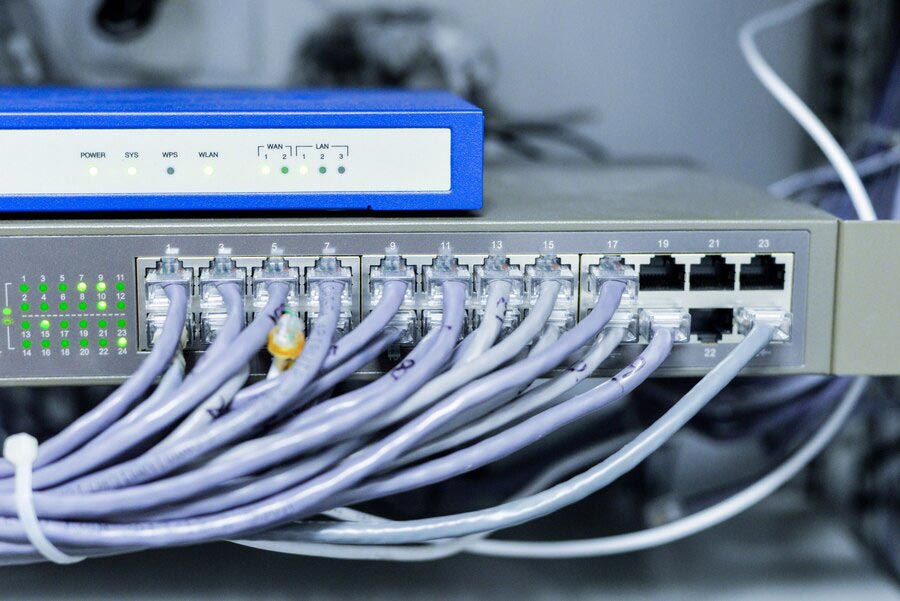 +91 - 9871370999
+91 - 9871370999  +91 - 9871370999
+91 - 9871370999 
Switching is a fundamental concept in computer networking that involves forwarding data packets between devices on a network. It occurs at the data link layer (Layer 2) of the OSI model and is typically performed by network devices called switches.
Here's an overview of switching and its key aspects :
Switches : A switch is a networking device that connects multiple devices (such as computers, servers, printers, and other switches) within a local area network (LAN) or a larger network infrastructure. Switches operate at Layer 2 of the OSI model and use MAC addresses to forward data packets to their intended destinations.
MAC Address : Every network device has a unique Media Access Control (MAC) address, which is a hardware address assigned to the device's network interface card (NIC). MAC addresses are used by switches to identify devices on the network and facilitate the switching process.
Forwarding Table : Switches maintain a forwarding table (also known as a MAC address table or CAM table) that maps MAC addresses to the switch ports through which devices are connected. When a switch receives a data packet, it looks up the destination MAC address in its forwarding table to determine the appropriate outgoing port for forwarding the packet.
Learning and Flooding : When a switch receives a data packet with a destination MAC address not found in its forwarding table, it enters a learning mode. The switch forwards the packet out of all ports (except the incoming port), a process known as flooding. When the destination device responds, the switch learns the MAC address and updates its forwarding table accordingly to direct future packets more efficiently.
VLANs (Virtual Local Area Networks) : Switches support VLANs, which allow network administrators to logically segment a single physical network into multiple virtual networks. VLANs improve network performance, security, and manageability by isolating traffic and controlling communication between devices within the same VLAN.
Managed vs. Unmanaged Switches : Managed switches offer advanced features such as VLAN configuration, Quality of Service (QoS) prioritization, port mirroring, and remote management through a management interface or command-line interface (CLI). Unmanaged switches, on the other hand, are plug-and-play devices with no configuration options and limited functionality.
Switching is a critical function in modern computer networks, enabling efficient and reliable communication between devices while minimizing network congestion and optimizing data transmission. Understanding switching concepts is essential for network administrators, engineers, and anyone involved in designing, deploying, or maintaining network infrastructure.
For existing customers in need of support or assistance, please reach out to our customer support team.
Contact Us

